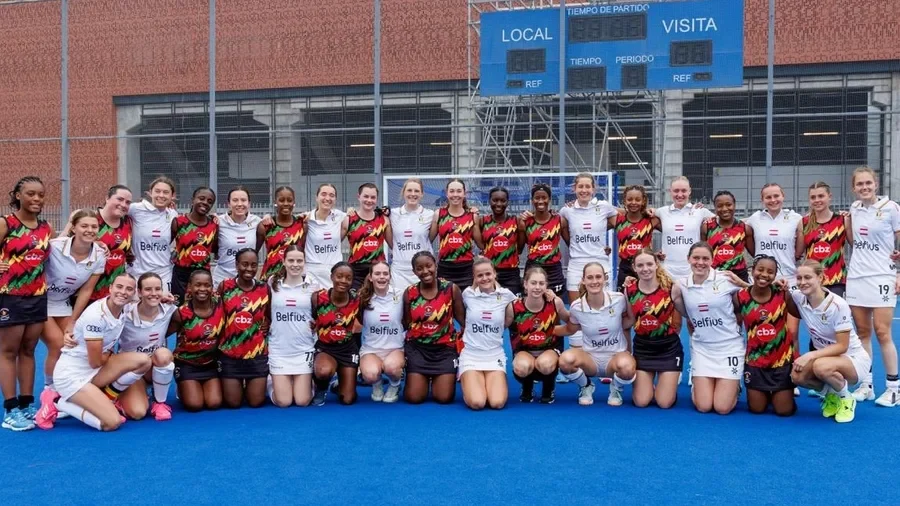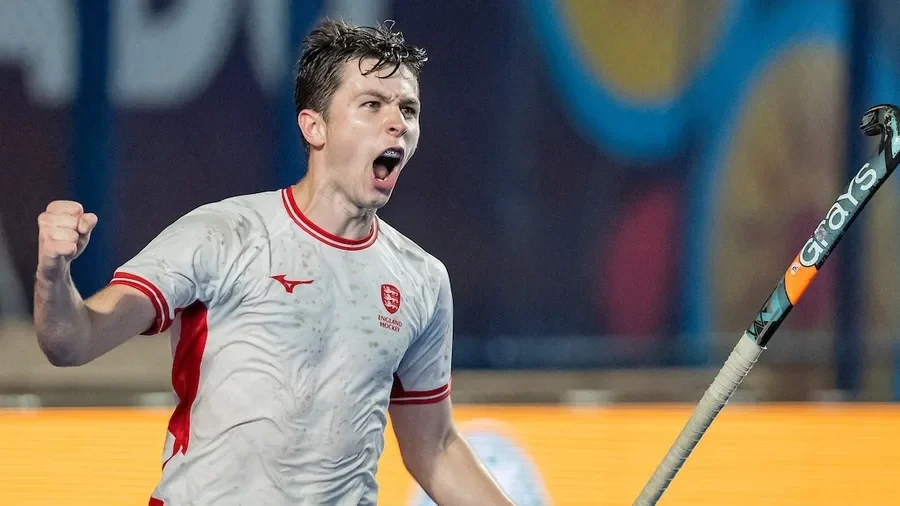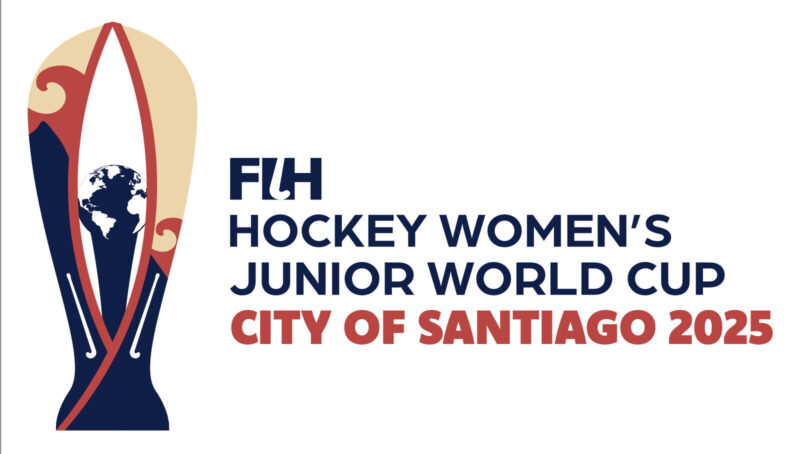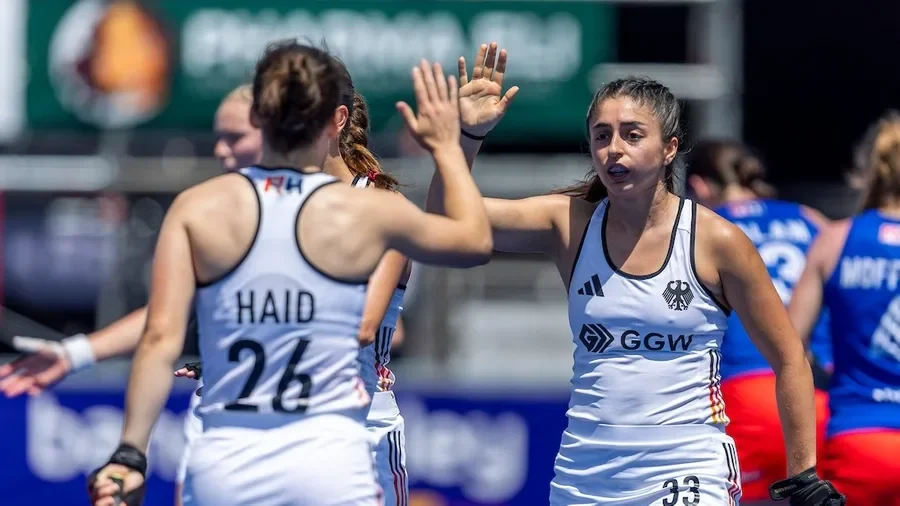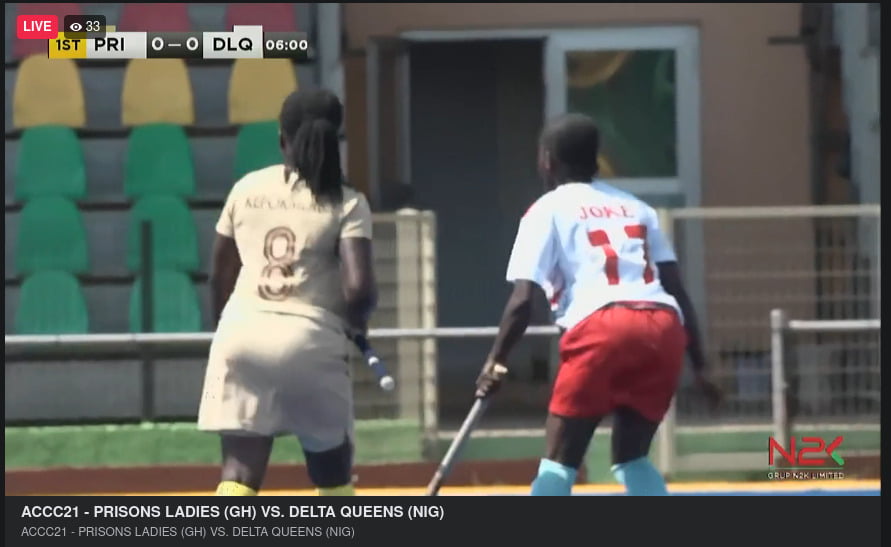07 Dec, 2025 The sixth day of the FIH Hockey Women’s Junior World Cup City of Santiago 2025 was marked by Belgium’s historic 21–0 win over Zimbabwe, the widest margin ever recorded in the tournament. The European side were led by Agathe Favart, who scored four goals, supported by hat-tricks from Alexi Van Remortel, Chloé Delhalle and Emilie Verhees, in a performance that secured top place in the pool and qualification for the next phase. China, England, Australia, Spain and Argentina also celebrated victories, with Argentina closing their group with a solid 8–0 in the rain to secure second place with a goal difference of +20. Actions will continue on Saturday with the start of the Challenger Trophy, the bracket reserved for positions 17 to 24 and created on the initiative of FIH President Tayyab Ikram as a gesture of encouragement and recognition for all teams competing for their own objectives within the tournament. In parallel, the race for 9th place will also begin with the first classification crossovers involving the teams ranked 9 to 16. It will be a decisive transition day, where direct match-ups will begin to shape the middle and lower sections of the draw and outline the road to the title, whose final phase will open on Sunday with the quarter-finals. Below is a full look back at everything that happened on the last day of the pool stage in Chile. China vs South Africa (Full-Time Score: 4–0) On the synthetic turf of the Centro Deportivo de Hockey Césped, China took control from the start, with six circle entries and three penalty corners in the first quarter, although they were unable to break through a South African side defending in a compact low block. The pattern continued in the second quarter: China forced three more penalty corners and finally opened the scoring in the 29th minute, when WANG Lihang converted from a penalty corner following sustained pressure high up the pitch. South Africa registered only two circle entries in the entire first half and had no set plays. After half-time, China deepened their territorial dominance with nine circle entries in the third quarter and six more penalty corners. During that spell came the 2–0, once again through WANG Lihang from a set play in the 37th minute, followed by TAN Lei’s 3–0 in the 39th, finishing a field goal after a high recovery on South Africa’s outlet. In the final quarter, China maintained their offensive structure, generated five additional penalty corners and closed the match 4–0 in the 48th minute when ZUO Dandan deflected another set-piece. The Asian side finished with 29 circle entries, 17 penalty corners and three conversions, while South Africa ended without corners and with only six circle entries. The Chinese Player of the Match, Zuo Dandan, expressed her appreciation for the support during the Watch.Hockey broadcast, saying “We are looking for a good result, thank you.” England vs Austria (Full-Time Score: 7–0) England controlled the match from the outset, with eight circle entries and four penalty corners in the opening quarter. The breakthrough came in the 10th minute when Mia Moore finished a field action after a high recovery on Austria’s build-up. Austria replied with two circle entries in that period but did not create corners. In the second quarter, England maintained possession and tempo without extending the lead, although they limited Austria’s transitions entirely. After half-time, England showed their best version. They accelerated the game with 12 circle entries in the third quarter and a sequence of six consecutive penalty corners. In that passage came the 2–0 by Lottie Bingham in the 33rd minute, followed by Bingham’s second in the 37th, both field goals created through sustained pressure on Austria’s outlet. The closing quarter consolidated England’s dominance: Sienna Dunn converted a penalty corner in the 51st minute for 4–0, followed by goals from Evie Grindal (52), Mia Moore (54) and Josefina Hippe (59), sealing the match with 10 more circle entries and complete territorial control. England completed 32 circle entries, 10 corners and seven field goals, securing first place in the pool. After the final whistle, Freya Robinson reflected on the team’s performance and said, “It feels amazing. I’m so proud of the team, we worked hard today and I’m really proud of our performance.” Australia vs Scotland (Full-Time Score: 3–0) Australia took command early, generating two quick circle entries and opening the scoring in the 10th minute through Jamie-lee Surha after a high recovery and a field goal. Minutes later, in the 15th, Evie Stansby extended the lead to 2–0 with a deflection from a penalty corner. Scotland replied with two circle entries in the first quarter, without earning corners and forced to defend deep for most of the period. In the second and third quarters, the Australians maintained their structure and possession, alternating circulation with wide attacks to sustain territorial superiority. They finished the match with six penalty corners and 15 circle entries, while Scotland had no corners and managed only three circle entries. In the final quarter, Australia managed the tempo and sealed the 3–0 in the 48th minute through Madeline Kenny, who finished a field action after a turnover in the 23-metre zone and a direct transition. Player of the Match Josie Lawton expressed her satisfaction after Australia completed a perfect pool stage, saying, “It’s an amazing result for the girls, we played our game our way and were hoping the three goals would come – and they did, so I’m super happy with the result.” Zimbabwe vs Belgium (Full-Time Score: 0–21) Belgium imposed their rhythm from the opening minutes in Santiago, scoring seven goals in the first quarter after 13 circle entries and a sequence of penalty corners that forced Zimbabwe to defend inside their defensive 23. The African side managed only one circle entry in the opening period and earned no corners, while Belgium combined field goals and set-piece deflections to decide the contest early. In the second quarter, Belgium maintained structured pressure,
